The information was given by Ms. Hoang Thi Thom, Deputy Director of the Department of Population, Ministry of Health, at a training session on updating information for the press on communication methods on gender selection based on gender stereotypes, on November 28.
Vietnam has had a gender imbalance since 2006, with a sex ratio at birth of 109.8 boys/100 girls. “ We have controlled the growth rate of the sex ratio at birth, but it is still high, since 2012 it has always been above 112 boys/100 girls (112 in 2023),” said Ms. Thom.
If the gender imbalance at birth in Vietnam continues to increase and is not controlled, it will leave unpredictable consequences for society, economy, and even political security, such as affecting individuals, families, communities, society and social norms (the status and role of women are increasingly lowered, women also become commodities of human trafficking and prostitution).
The General Statistics Office also forecasts that if the gender imbalance at birth remains as high as it is now, Vietnam will have a surplus of 1.5 million men by 2034 and increase to 2.5 million by 2059.

Ms. Hoang Thi Thom, Deputy Director of the Department of Population (Ministry of Health ) shared at the event. (Photo: N.Loan)
To address the issue of gender inequality at birth, Vietnam applies root cause intervention measures, which are: Supporting the enhancement of the role and status of women and girls, implementing gender equality policies, and not choosing the sex of the fetus in any form.
In 2007, Vietnam entered the golden population period, creating advantages in the large number of people in working age for socio-economic development. By 2011, our country was a middle-income country and also entered the population aging period. It is expected that by 2038 it will enter the aging population period.
According to the Population Department, rapid population aging will pose socio-economic opportunities and challenges. Firstly, challenges in the structure of the labor force and socio-economic changes, labor supply and employment of the elderly.
Second, the challenge of building a social security system is that current social security policies only support a large part of the elderly with a large social insurance fund.
Third, the challenge of the health care system and the large health care resources that have not met the growing needs of the elderly.
Currently, the majority of elderly people in our country still face many difficulties in both material and spiritual life, requiring appropriate solutions regarding health care, income, social security network and legal support for the elderly.
Source: https://vtcnews.vn/viet-nam-co-the-du-thua-2-5-trieu-nam-gioi-vao-nam-2059-ar910181.html


![[Photo] Flooding on the right side of the gate, entrance to Hue Citadel](https://vphoto.vietnam.vn/thumb/1200x675/vietnam/resource/IMAGE/2025/10/28/1761660788143_ndo_br_gen-h-z7165069467254-74c71c36d0cb396744b678cec80552f0-2-jpg.webp)
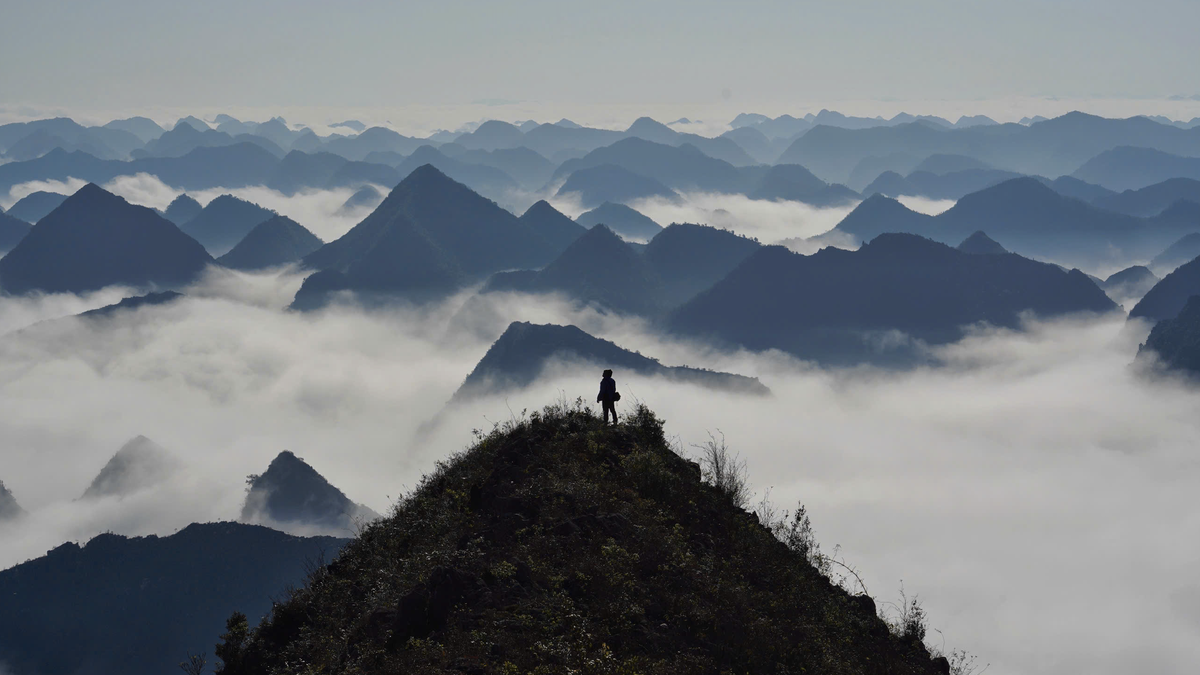

![[Photo] National Assembly Chairman Tran Thanh Man received a delegation of the Social Democratic Party of Germany](https://vphoto.vietnam.vn/thumb/1200x675/vietnam/resource/IMAGE/2025/10/28/1761652150406_ndo_br_cover-3345-jpg.webp)
![[Photo] Prime Minister Pham Minh Chinh chaired a meeting to discuss solutions to overcome the consequences of floods in the central provinces.](https://vphoto.vietnam.vn/thumb/1200x675/vietnam/resource/IMAGE/2025/10/29/1761716305524_dsc-7735-jpg.webp)





























![[Photo] Draft documents of the 14th Party Congress reach people at the Commune Cultural Post Offices](https://vphoto.vietnam.vn/thumb/1200x675/vietnam/resource/IMAGE/2025/10/28/1761642182616_du-thao-tai-tinh-hung-yen-4070-5235-jpg.webp)

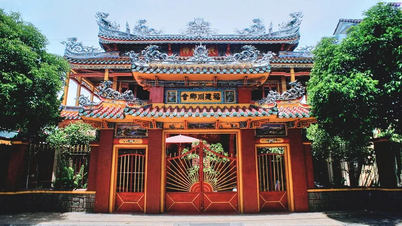



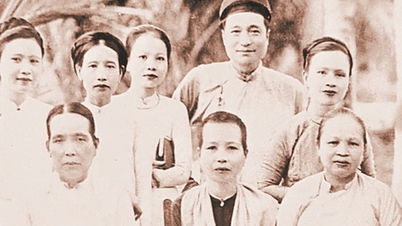







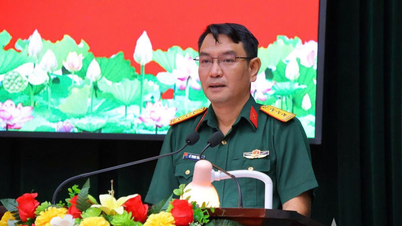


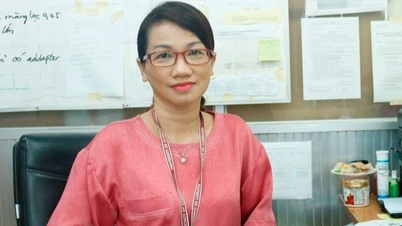
















![[Infographic] Vietnam's socio-economic situation in 5 years 2021-2025: Impressive numbers](https://vphoto.vietnam.vn/thumb/402x226/vietnam/resource/IMAGE/2025/10/29/1761730747150_anh-man-hinh-2025-10-29-luc-16-38-55.png)








































Comment (0)